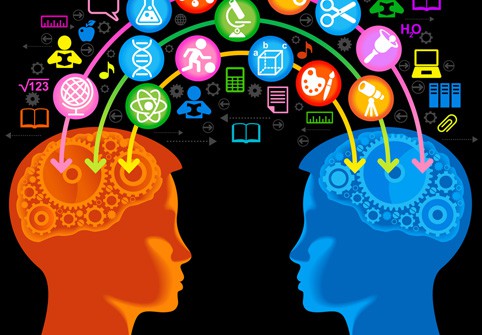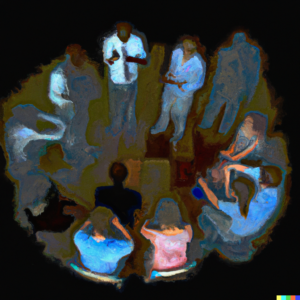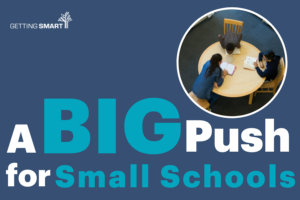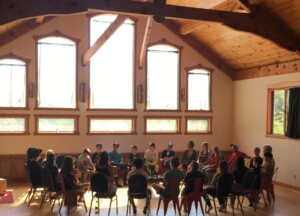Grouping, Tracking, & Personalizing

An international educator told me his school community was discussing the “ethics and educational validity of streaming — deliberately dividing students up into class/work groups based on ability, i.e., a strong and weak group.” He asked for my thoughts. First, I believe personalization has the best potential to boost achievement. Accurately targeting learning level and diagnosing any learning gaps are probably the two most important factors to improved learning for most students. However, I think of personalization broadly and believe beneficial factors also include a positive school culture, student voice, sustained relationships, and a degree of agency over at least a portion of the course of study. As the toolset improves, personalization will not only include level, rate, time, and location but modality. Comprehensive learner profiles will soon lead to improved understanding of student motivation and, I believe, will lead to the development of customized playlists that will significantly improve learning productivity. Second, the question suggests “ability groups,” which makes me nervous because historically ability grouping has led to long-term tracks with different expectations. Low expectation tracks are usually full of students in poverty. I’d rather talk about performance grouping than ability grouping. For more than several decades programs like Success For All and Read 180 have attempted to use assessments to create leveled learning groups. What’s different (about strong implementation sites) is that there are high expectations for all students, the grouping is temporary, and it is often accompanied by some heterogeneous grouping. Some leading education reform advocates worry that some attempts at personalization will lead to a return to differential expectations more than differentiated instruction. That’s worth watching. Third, the shift to personal digital learning eliminates the need to use age-based cohorts to manage student matriculation. It can be used to power competency-based individual progress models (see CompetencyWorks.org for an extended discussion). But it simultaneously allows teachers to create dynamic grouping when and where it is helpful. Following are five examples:
- Dynamic cohort : School of One is a customized math program in three NYC middle schools. Every student receives daily lessons at the right level and in the best learning modality. It often includes dynamically scheduled small group instruction.
- Virtual cohort : Florida Virtual School (FLVS) offers rolling course enrollment and creates virtual cohorts of students taking the same course at the same time.
- Social groups : Edmodo is the largest social learning platform. Teachers use it to make and manage assignments. Edmodo makes it easy for teachers to create temporary interest groups or project teams.
- Project teams : New Tech Network is a national network of project-based STEM schools. The Echo platform makes it easy for teachers to create project teams.
- Temporary cohorts : test prep sites like Grockit create temporary cohorts that leverage interaction. An increasing number of learning applications utilize game mechanics including multi-player environments, team quests, collaborative problem solving, and competition.
Pearson and FLVS are Getting Smart Advocacy Partners. Edmodo is a Learn Capital company where Tom Vander Ark is a partner. This blog first appeared on EdWeek.








0 Comments
Leave a Comment
Your email address will not be published. All fields are required.